Plants you might not know are Edible
When you are out in the woods, you are surrounded by animals, adventure, and vegetation. While it is not a good idea to eat random plants and things you find in the woods, you may be surprised that some of the plants that are around you on a regular basis are, in fact, edible. So keep your eyes peeled for a floral bouquet which could turn out to be a floral banquet.
Dandelion:
While these bright yellow flowers are usually considered weeds, they are so much more than a pest in your yard. Every part of the dandelion is edible from the flower, all the way down to its root. You can use dandelions in tea, salad, or even just roast them and eat them that way.
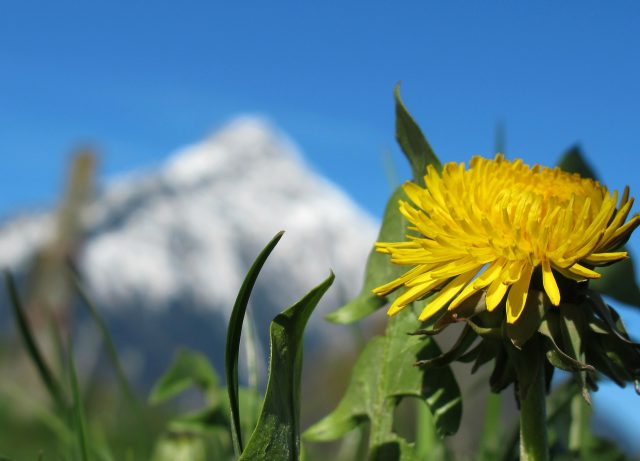
Bamboo:
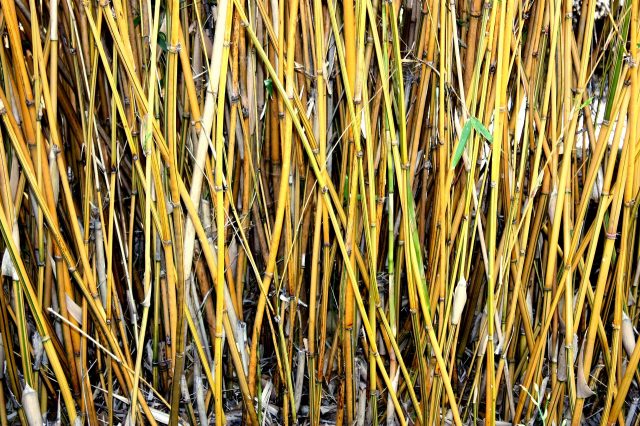
This one is probably more known about, but bamboo is edible. The shoots are nutritious and easy to cook. You do not want to go with a full grown plant because they get thicker, more fibered, and really hard to eat. Do not overcook the shoots though, they do not taste good once they have gone that far. They taste really great in stir fry, but you can also eat them by themselves with just a little bit of soy sauce.
Daylily:
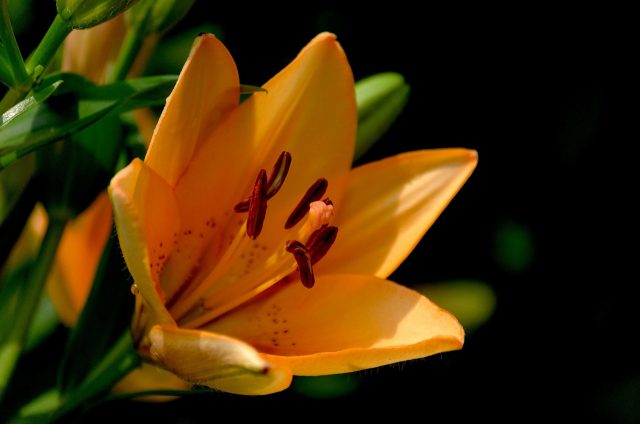
Daylilies are not just pretty to look at, but delicious to eat. While you may want to just use them as a decoration to make your food look a little bit dolled-up, they are so much more than that. They can be chopped up and added to salads, or cooked up in an omelet. It may be a good idea to avoid the tubers only because cooking them can be a lot of trouble.
Nasturtium:
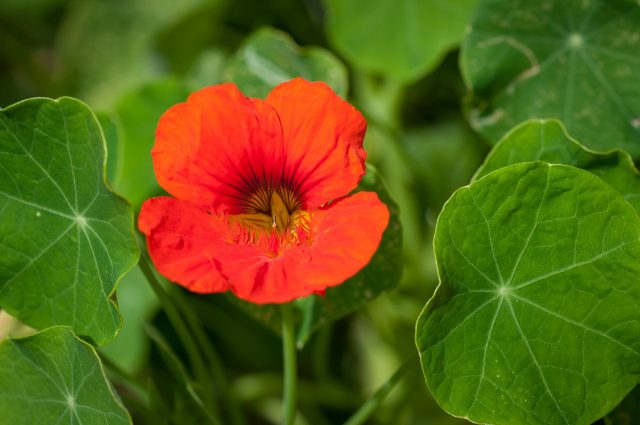
These flowers are not just pretty to look at, but a delicious addition to salads. They will add more color and flavor to a garden salad as well as adding in more vitamins. Nasturtiums are high in Vitamin C. They also make a beautiful topping on desserts.
Red Clover:
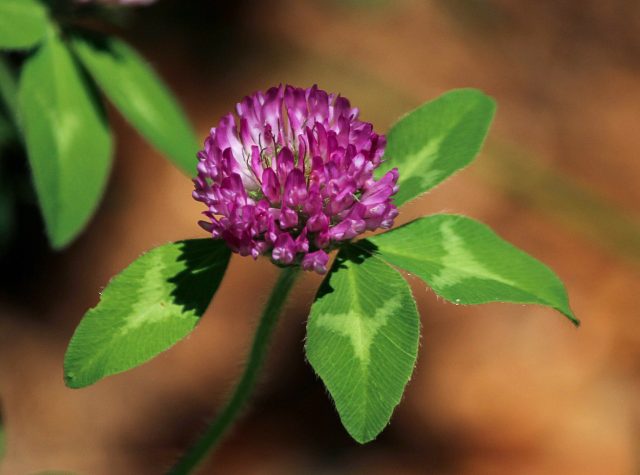
Delicious in teas or salads, this pretty bloom is high in Vitamin C as well as full of protein, rich in beta-carotene, bioflavonoids and Vitamin B. The leaves are edible too, but really an acquired taste, so maybe don’t go jumping straight in and putting them in things. Also be aware that some people are allergic to clover so maybe start small.
Stinging Nettle:
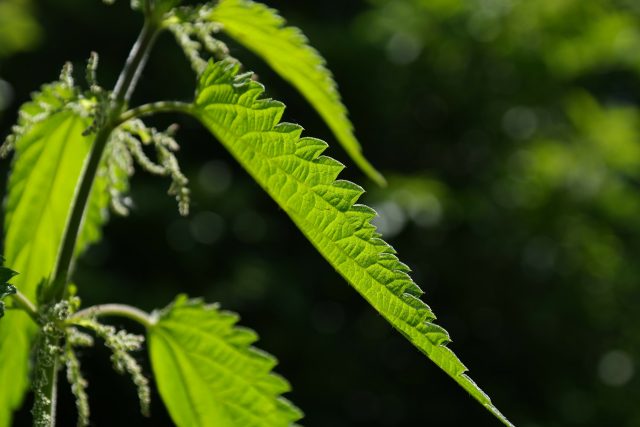
These guys hurt very much when you bump against them, but they do have some perks outside of making your skin burn. They work as a wonderful spinach substitute. But you also need to keep in mind that the leaves will still sting you. You should not venture out and harvest them without preparation or you will find yourself with an unfortunate rash. After all, you don’t want an ouchie when you’re hungry.
Tulips:
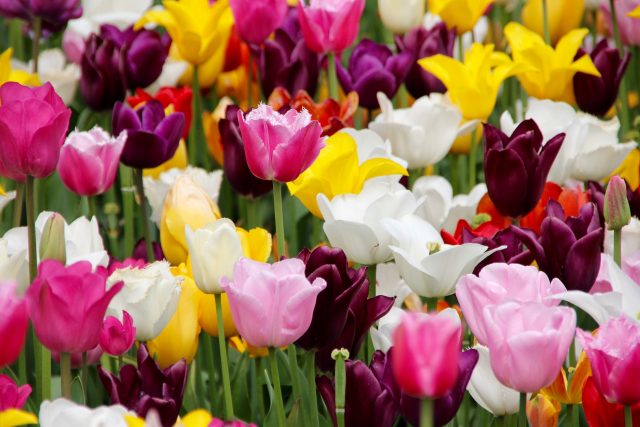
These beautiful spring flowers can be a surprising treat. The entire plant is edible from the bloom to the bulb. They do not even have to be cooked in order to consumer them. The bulbs are not typically just eaten for fun, but if you are stranded and desperate, they are an excellent source of food. The blooms can be added to salads or desserts as well.
Chicory:
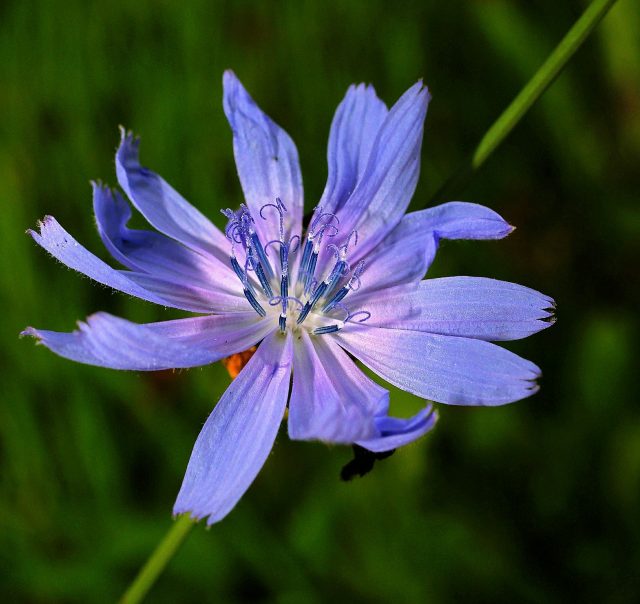
More than just a pretty roadside weed, chicory is an awesome addition to many different meals. The blooms are colorful and a fun addition to salads. The roots are often ground down and used as a coffee substitute, but you have to be careful or they will turn bitter.
There are so many options out there as far as harvestable, edible common plants, but you do not want to eat something if you are not sure exactly what it is. But it is always good to know what you can eat in nature so that if the need arises, you always have food at hand.
If you have any comments then please drop us a message on our Outdoor Revival Facebook page
If you have a good story to tell or blog let us know about it on our FB page, we’re also happy for article or review submissions, we’d love to hear from you.
We live in a beautiful world, get out there and enjoy it.
Outdoor Revival – Reconnecting us all with the Outdoors.





